Up Next

Spa-Francorchamps is one of the legendary tracks in Formula 1 for very good reasons. I’ve been asked many times which tracks I like best, but Spa is top of the list.
It has changed quite a bit over the years and Eau Rouge isn’t quite the challenge it once was for grand prix cars. In the past you had to think about whether it was flat or not but now, given the levels of downforce these cars have, it’s a lot easier.
But as a track it’s still a favourite with drivers and teams – and the ‘frites et mayo’ aren’t bad either.
During my earlier years working as a mechanic for Brabham and McLaren, the Belgian Grand Prix was either at Nivelles or Zolder. Neither of them was anything like the challenge of Spa. It’s something really special.
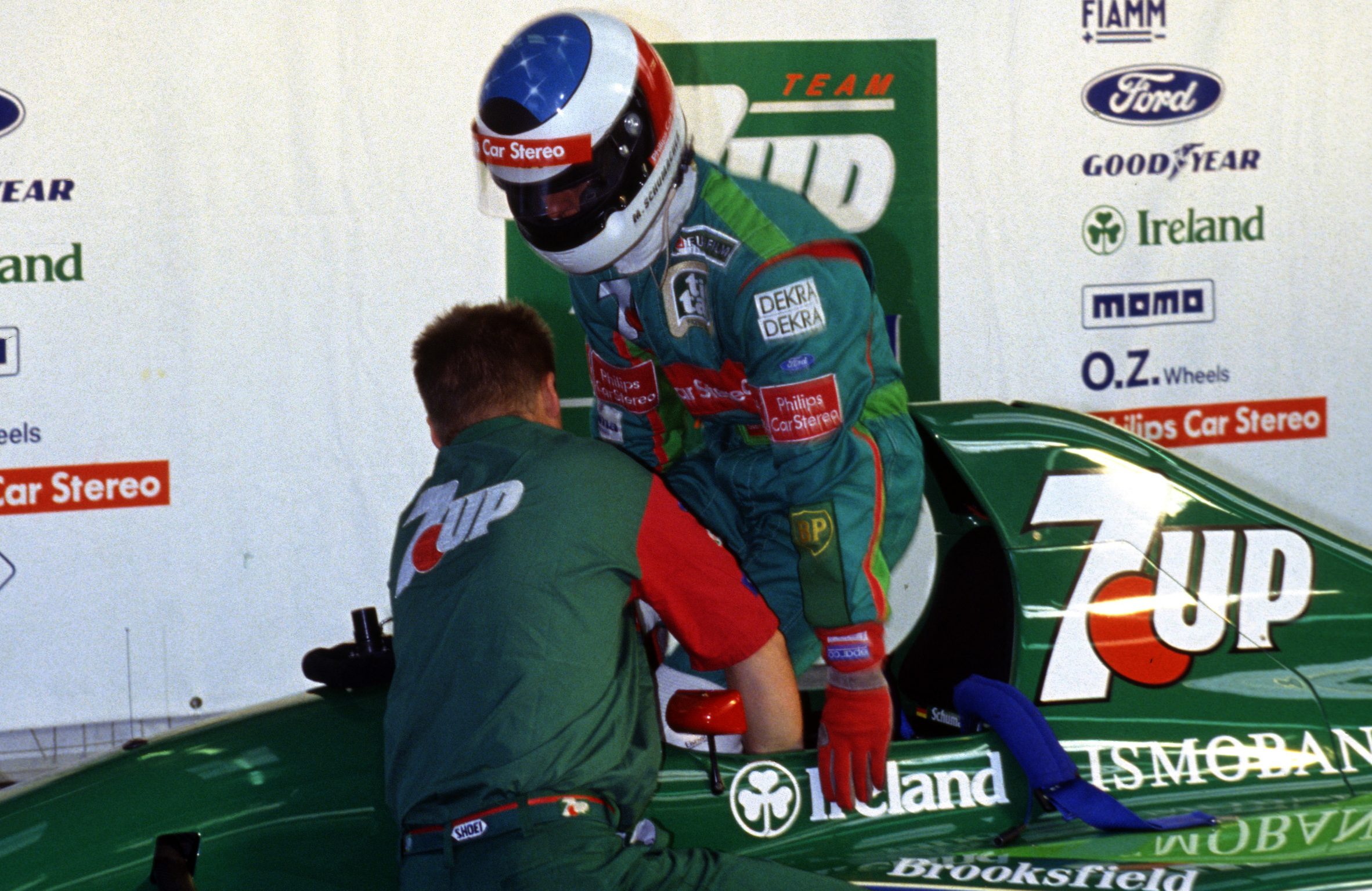
I first went there in the late 1980s with Formula 3000 and my first F1 event there was in 1991 with the Jordan 191 and a new driver named Michael Schumacher. He partnered our regular driver Andrea de Cesaris because Bertrand Gachot was otherwise detained at her majesty’s pleasure after an altercation with a London taxi driver while on a mission to get some extra budget to keep his drive. And we all know what happened with his replacement.
Spa was probably in its heyday in the early 1990s. It was tough – Eau Rouge, Pouhon and Blanchimont were corners that required drivers to make big decisions.
I remember talking with Michael and Andrea after Friday practice and saying that they should be flat through Eau Rouge on new tyres at least.
Micheal said that he would be on Saturday when he was that bit more familiar with the car and Andrea said ‘yes, no problem’. Michael was flat from the first lap out of the pits but it took Andrea until the last lap of qualifying before he kept the throttle flat. That was what convinced me that we had a star in the making in our car that weekend.
In theory, the increased runoff areas improve the safety of any circuit and Spa is no exception but with them come an increased risk level that the drivers push the cars too far. Last year’s terrible accident in the F2 race at the exit of Eau Rouge is a quick reminder that it’s still possible for things to go wrong. When you have a corner like that, which is partially blind, you need to keep your wits about you.
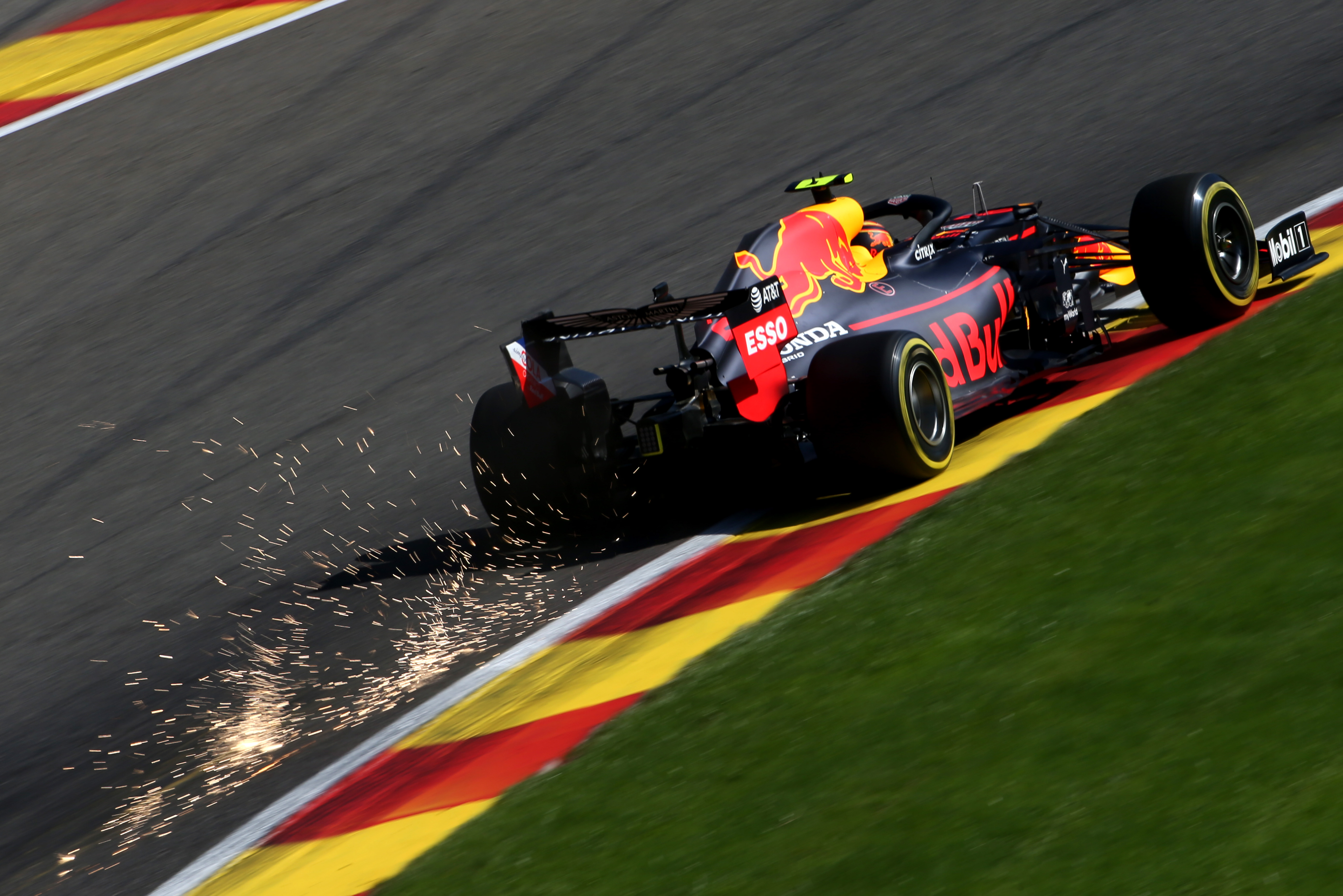
I have often wondered what the difference in lap time would be if you were to take a circuit like Spa and overnight change the surface run-off areas and gravel traps to a barrier lined track like Singapore or the old Valencia street circuit. What is the time gain by just knowing up you can overdo it and not pay the price?
Spa is a downforce compromise track. Now that Eau Rouge is easy flat, the first sector is all about straight-line speed. It might be flat out but you also need to be careful not to scrub too much speed off through that very fast section of left-right-left corners that starts with Eau Rouge.
The middle sector is all about grip, so here you want downforce and a stable car. The last sector is like the first, flat all the way and again about minimising the scrubbing.
This type of circuit is where the dreaded DRS really comes into play and is the main reason why I would ban it for qualifying.
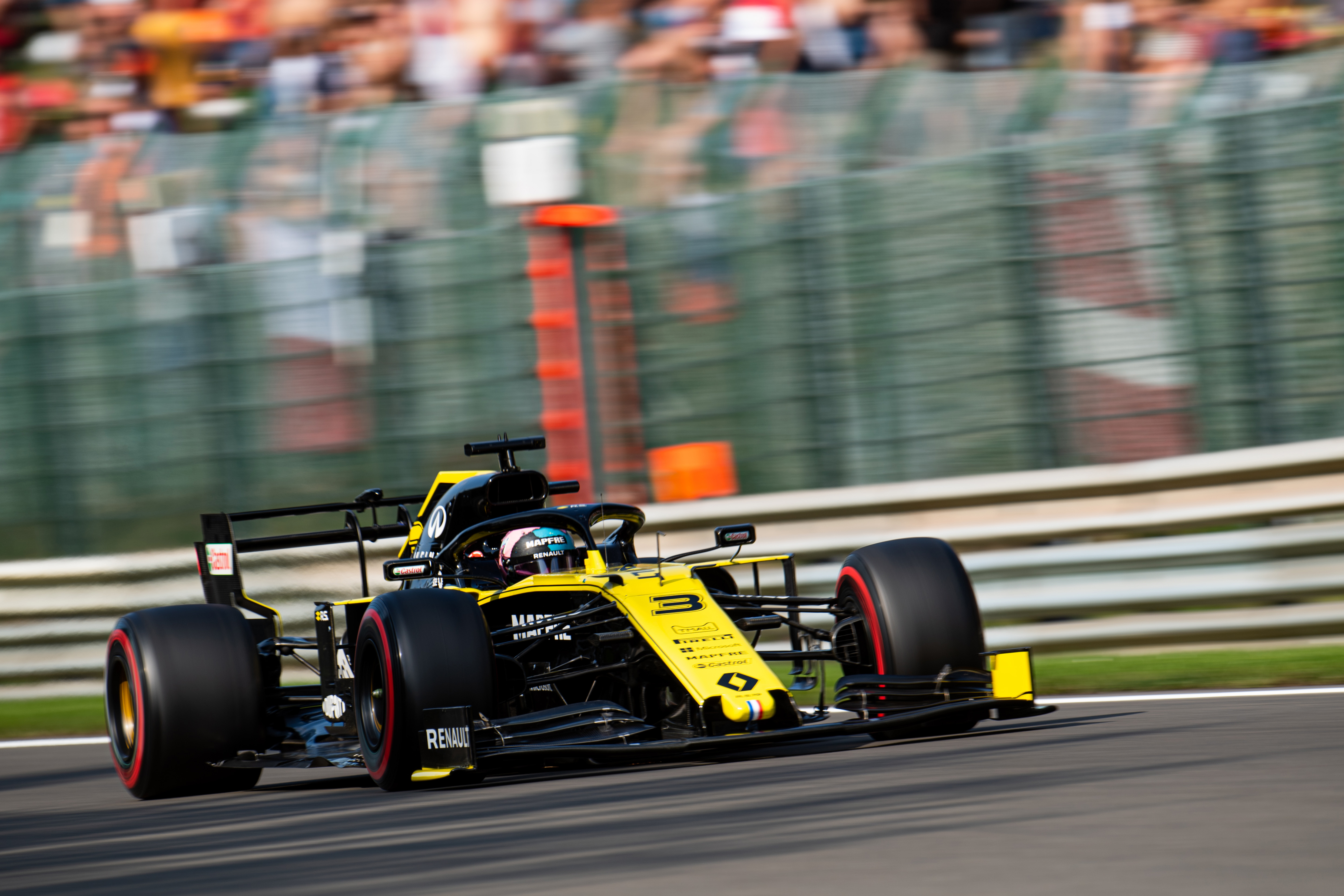
If you just look at it simply, you can use DRS in sector 1 so go faster there, then you have the wing level in section two to give more grip, then again use DRS in section three. It becomes a method of adjusting your downforce level at a time when it has no purpose as an overtaking aid.
If you couldn’t use it in qualifying then you would run with less downforce just to get a better compromise of straightline speed for these two sectors relative to the grip in sector 2.
That compromise would probably mean that Eau Rouge might just become a corner again and with less downforce through Pouhon, it just might make it that little bit more difficult and lead to a few more errors.
Starting the race with less downforce than ideal for sector 2 would also make it that bit more interesting. But never mind, someday we might just see the drivers having to work harder again. All this grip doesn’t make it easier but it’s a different difficulty – you need the car well balanced and if you have that it’s all about using that extra grip.
For some very strange reason, Jordan and then even Force India normally went very well there. Those cars have always been fairly efficient. In 1991 Schumacher qualified seventh and but for an engine failure de Cesaris could have won the race. He was running second when the failure happened and at that time leader Ayrton Senna was limping with a gearbox problem on his McLaren.
Then in 1998 it was the scene of Jordan’s first win and also its first and only 1-2. In 2009, Giancarlo Fisichella was on pole on merit for Force India and finished a very respectable second in the race.
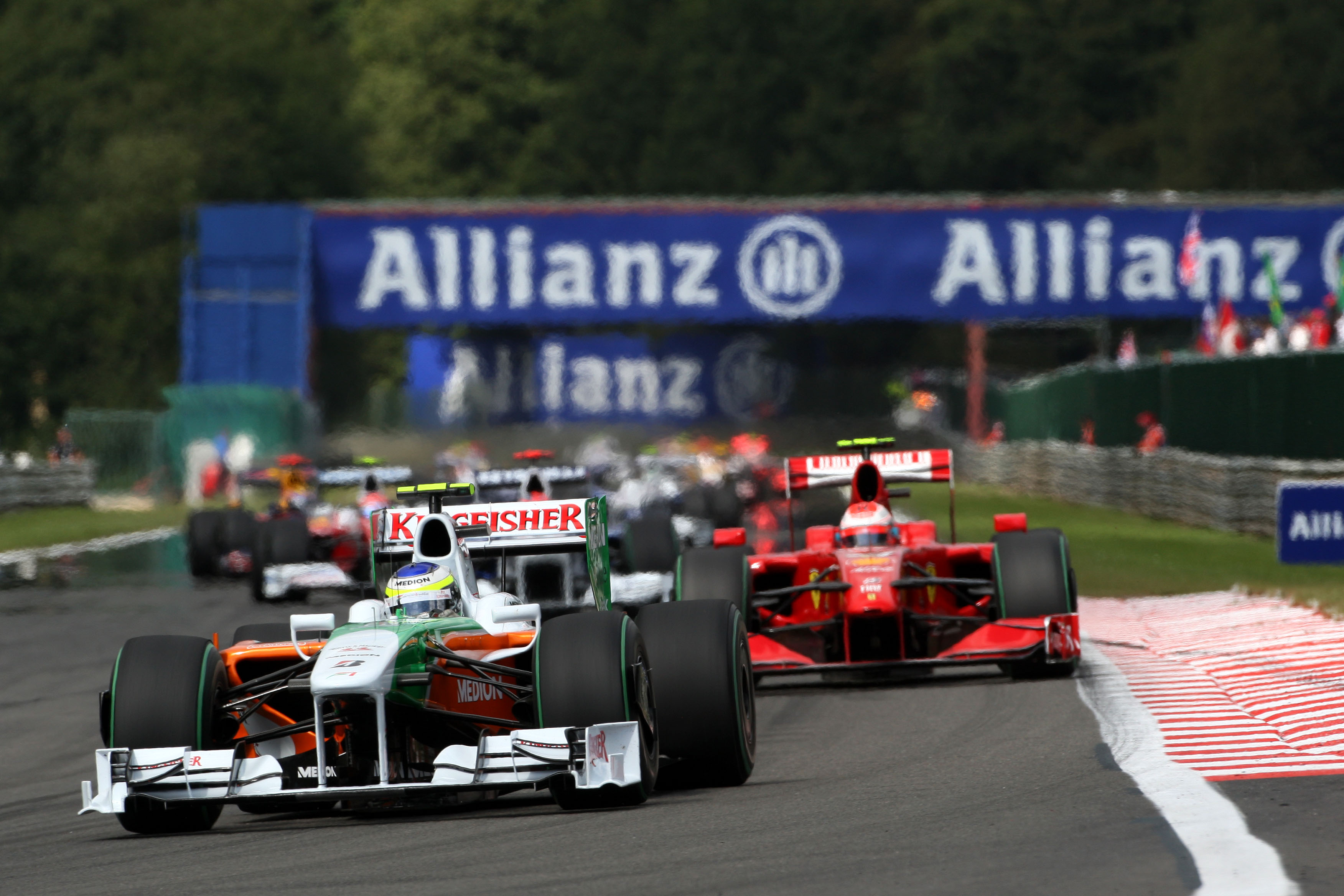
Joining Ferrari after that race, in reality, was the end of his F1 career as he never looked like being competitive there. It shows how a change of environment out of a family team to the might of Ferrari can destroy a driver. I suppose Sebastian Vettel might be suffering something of the same type of problem.
If you look at straightline speeds this year, the Racing Point is right up there so this could be its weekend. Then again, there’s also the weather to contend with.
Jordan had its first pole position at Spa in 1994 with Rubens Barrichello. It was wet and drying and we took a chance on dry tyres for that final lap in Friday’s qualifying. I say ‘we’ because it was a joint decision.
I wanted to but the driver needs to buy into it and Rubens was always very good in slippery conditions. Mind you, Eddie Irvine qualified fourth on wets so having one car on pole on slicks and one fourth on wets showed the car wasn’t too bad either.
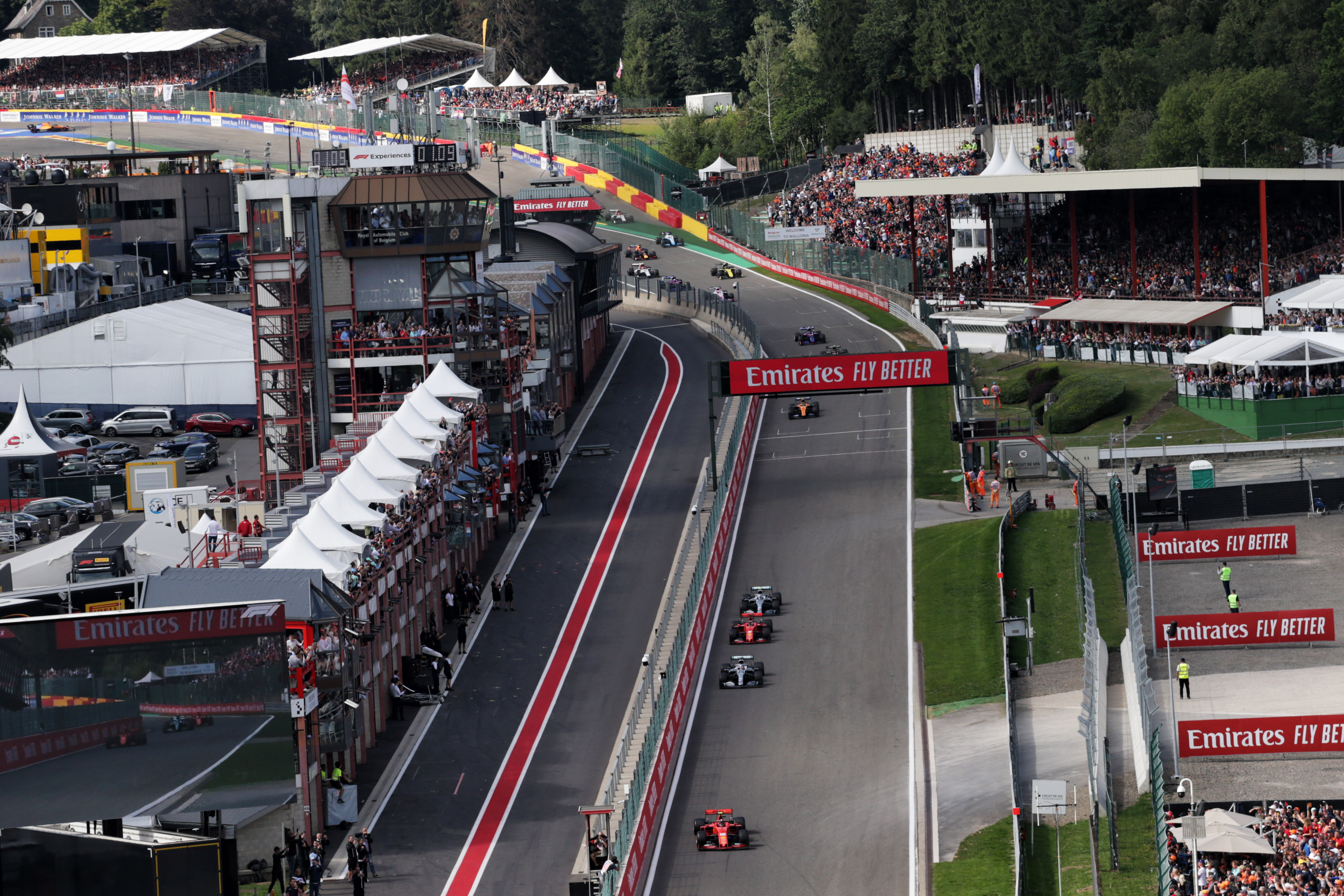
I don’t think I have ever worked with a driver that doesn’t like Spa. The fast corners are always something that lights up what a driver is all about. We could all fiddle around in the slow corners without risking too much, but easy flat or not, turning into Eau Rouge at something like 175mph requires belief and commitment.
It has always had its own micro-climate and with the circuit layout as it is with the two ends of it are probably two kilometres apart. This means it can be pouring down at one end but dry the other. And with the forests all around the circuit, it can change very quickly.
Spa is a track where you need to be ready for anything to be thrown at you. If you are confident it’s not going to happen, that means it probably will.




